Most animals have relatively short lifespans, with survival often dictated by predators, diseases, and environmental conditions.

However, some species defy the usual ageing process, living not just for decades but for centuries. These creatures have developed extraordinary biological adaptations that allow them to resist ageing, regenerate damaged cells, and thrive in harsh conditions. Studying them could hold the key to understanding longevity—not just in animals but potentially for humans as well.
The Greenland shark can live for over 500 years.
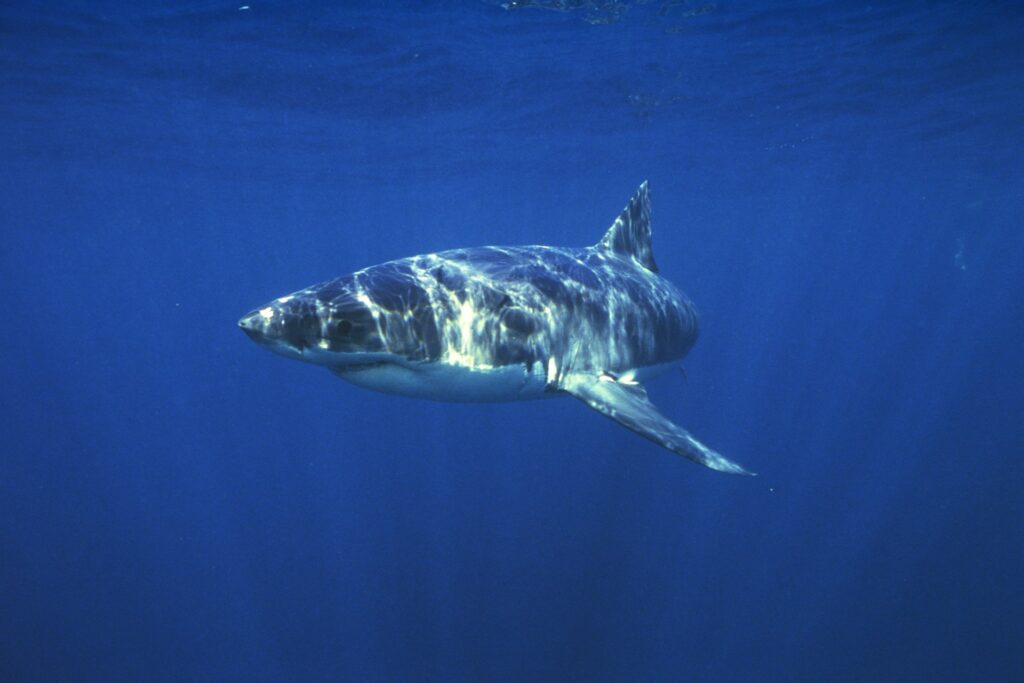
The Greenland shark holds the record for the longest-known vertebrate lifespan, with individuals estimated to live between 300 and 500 years. These slow-moving Arctic dwellers grow at an incredibly slow rate—just about one centimetre per year—and don’t reach sexual maturity until they are around 150 years old.
Scientists believe their longevity is due to their slow metabolism, which allows them to conserve energy in the cold, deep waters of the North Atlantic. The lack of natural predators and their ability to thrive in extreme environments contribute to their remarkable lifespan. Studying Greenland sharks may provide insights into how metabolic rates affect ageing and how humans could slow their own ageing process.
Ocean quahog clams can live for over 500 years.
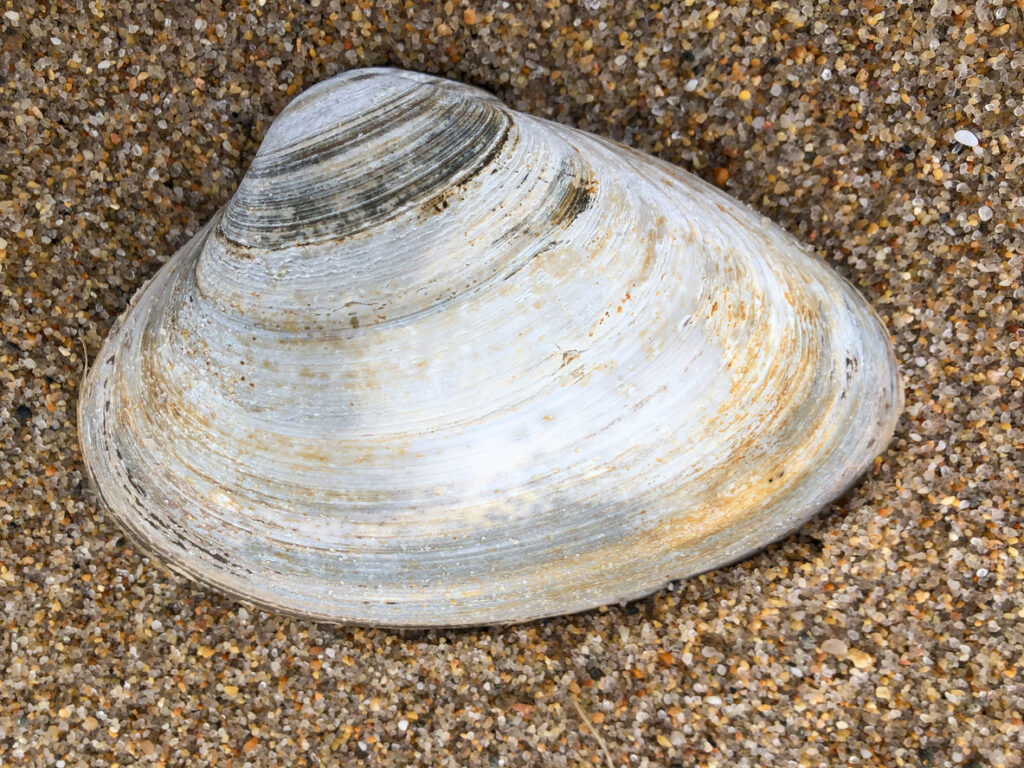
One of the oldest recorded animals, a quahog clam named “Ming” was discovered off the coast of Iceland and was estimated to be 507 years old when it was found. These deep-sea molluscs grow incredibly slowly, with their hard shells preserving a detailed record of oceanic conditions over centuries.
Their secret to longevity lies in their ability to maintain stable cellular functions and resist oxidative stress, which typically contributes to ageing. By studying these clams, scientists hope to understand how cellular damage can be reduced over long periods—offering potential breakthroughs in human ageing research.
The immortal jellyfish can live indefinitely.
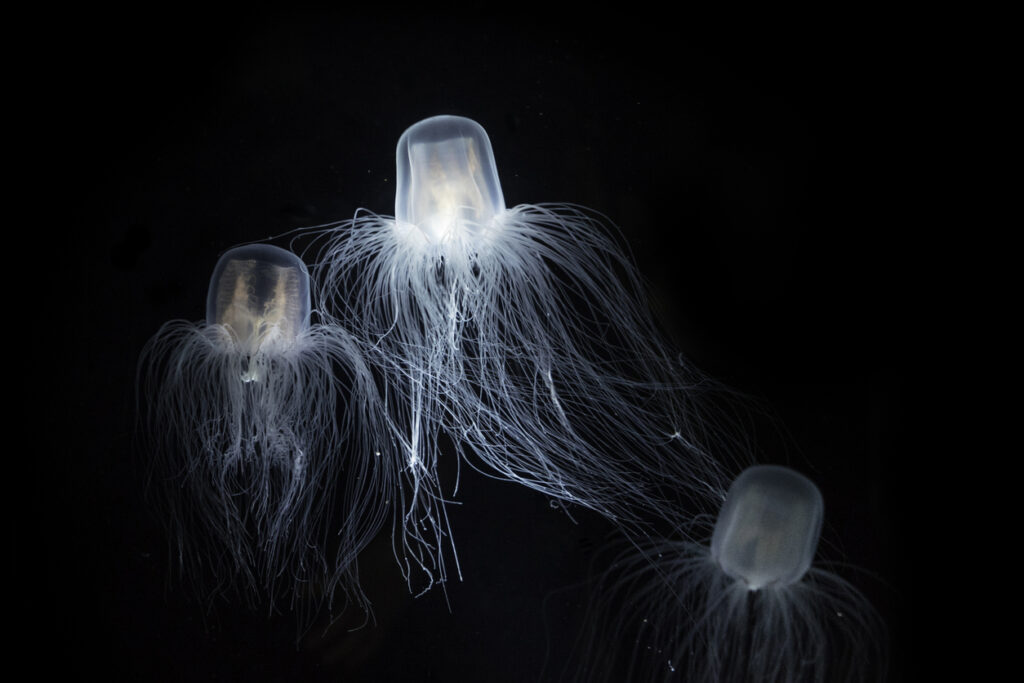
The Turritopsis dohrnii, often called the “immortal jellyfish,” has an extraordinary ability to escape death. Instead of ageing like most animals, this jellyfish can revert to its earliest life stage and restart its development whenever it experiences stress, injury, or old age.
This unique process, called transdifferentiation, allows it to theoretically live forever under the right conditions. While it can still be eaten by predators, its ability to reset its biological clock challenges the idea that ageing is inevitable. Scientists are studying its genetic mechanisms to see if similar regenerative processes could be applied to human medicine.
Red sea urchins can live for over 200 years.
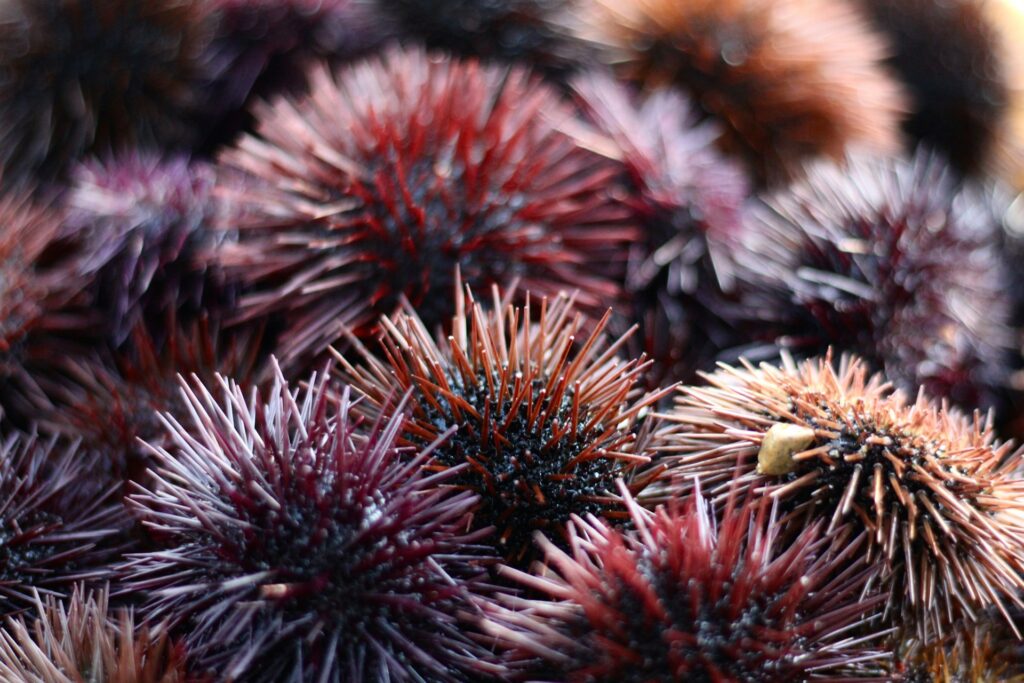
Unlike many marine animals, red sea urchins show almost no signs of ageing throughout their lives. Some individuals have been found to be over 200 years old, with no significant loss of reproductive ability or physical decline.
This longevity is attributed to their ability to continuously regenerate their tissues and resist environmental stressors. Studying red sea urchins could help scientists understand why some species maintain youthful biological functions while others experience age-related deterioration.
Bowhead whales can live for over 200 years.
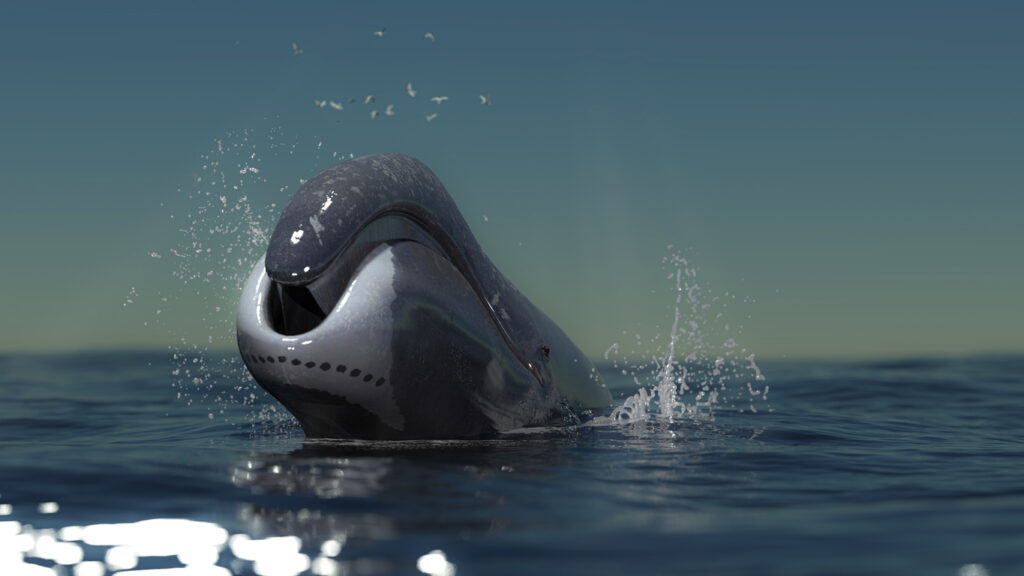
Bowhead whales are among the longest-living mammals on Earth, with some individuals estimated to be over 200 years old. Evidence of their long lifespans comes from harpoon tips found embedded in living whales, dating back to the early 19th century.
Researchers believe their longevity is linked to their genetic ability to repair DNA damage and resist cancer—two key factors in ageing. Studying bowhead whales may reveal insights into how humans can improve their own cellular repair mechanisms and increase lifespan.
Aldabra giant tortoises can live for over 200 years.
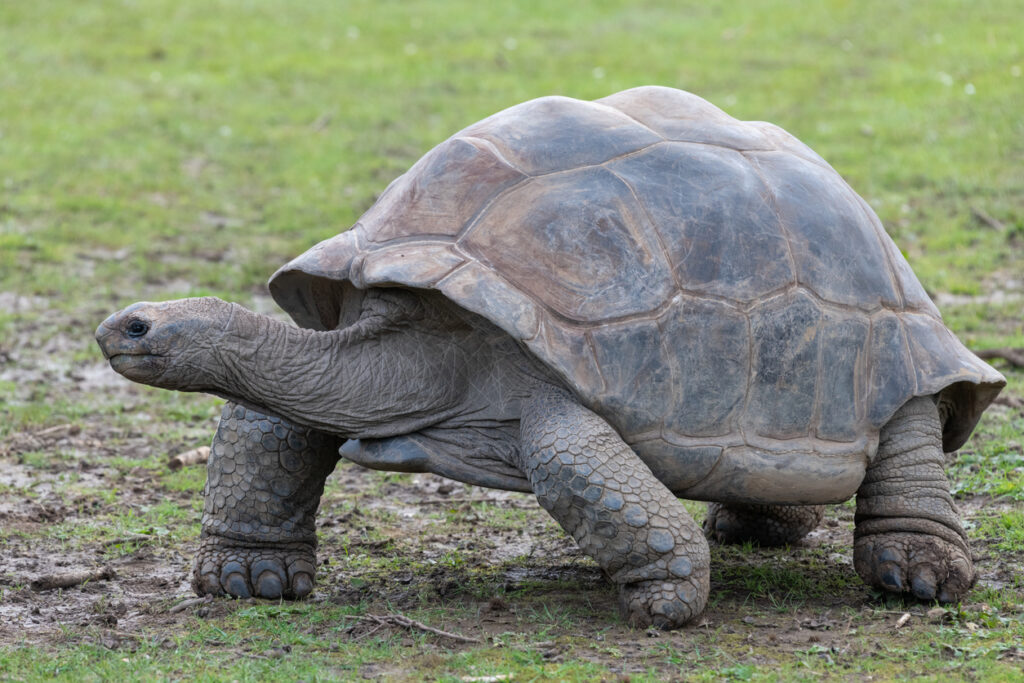
Tortoises are well-known for their long lifespans, but the Aldabra giant tortoise takes it to another level. One individual named Adwaita was believed to have lived for 255 years before passing away in 2006. These massive reptiles experience very slow metabolism and low energy consumption, which contributes to their longevity.
Their ability to thrive for centuries suggests that metabolic rate plays a crucial role in lifespan. Understanding how tortoises resist common age-related diseases could provide valuable insights into human longevity and health.
Koi fish can live for over 200 years.
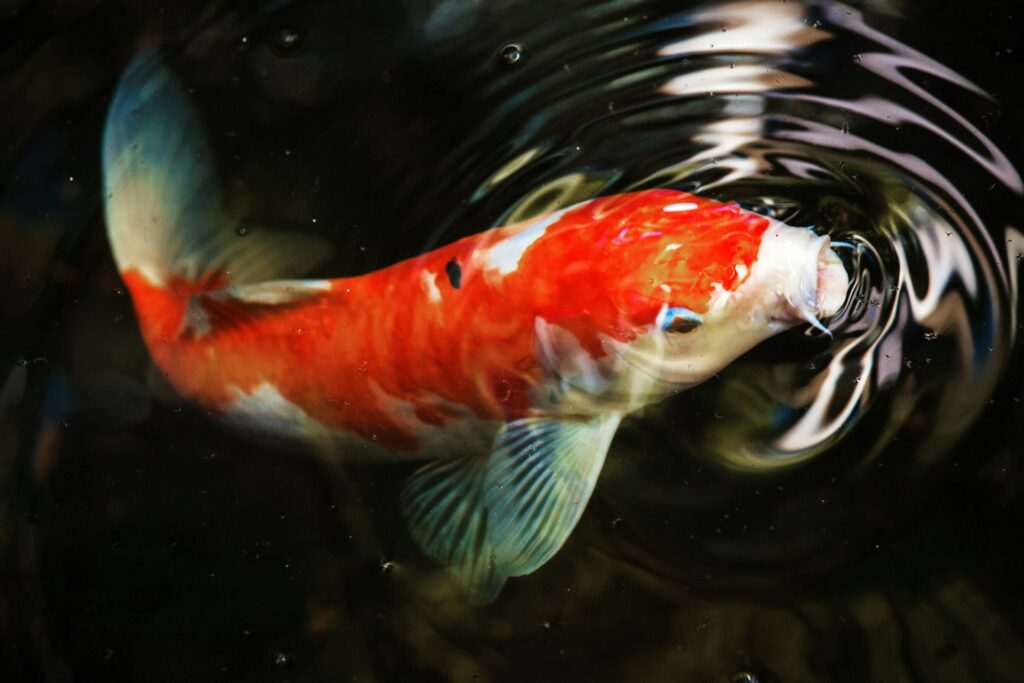
While most koi fish live between 25 and 50 years, some have been documented to reach well over 200. The most famous example is a koi named Hanako, which lived to be 226 years old. Scientists believe that genetic factors and pristine environmental conditions played a major role in its long life.
Unlike many animals, koi fish continue to grow throughout their lives, which suggests that they have a different ageing process than mammals. Their ability to thrive for centuries may hold secrets to understanding how external factors like diet and water quality influence longevity.
Rougheye rockfish can live for over 200 years.
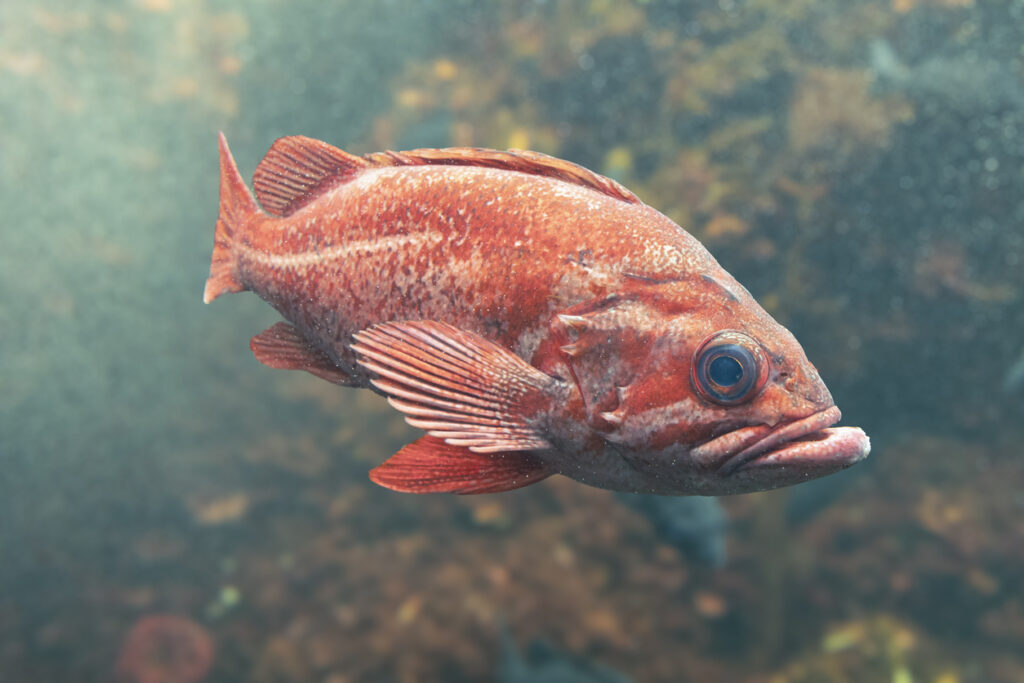
The rougheye rockfish, a deep-sea species found in the Pacific Ocean, can live for more than 200 years. Unlike most fish, these creatures show few signs of ageing, maintaining their reproductive abilities well into old age.
Their extraordinary lifespan is thought to be due to their deep-water habitat, where stable conditions and minimal predation allow them to conserve energy and avoid age-related decline. Scientists are studying their genetic adaptations to learn more about how humans could slow down ageing and maintain long-term health.
Tuataras can live for over 100 years.

Tuataras, ancient reptiles found only in New Zealand, are often mistaken for lizards, but they actually belong to an entirely separate lineage that dates back to the age of dinosaurs. These remarkable creatures can live for over 100 years, with some individuals still reproducing in their 80s and 90s.
Unlike most reptiles, tuataras have an exceptionally slow metabolism and can survive long periods without food. Their ability to maintain genetic stability and resist age-related decline makes them an important species for studying longevity and resilience.
Greenland sponges may live for thousands of years.
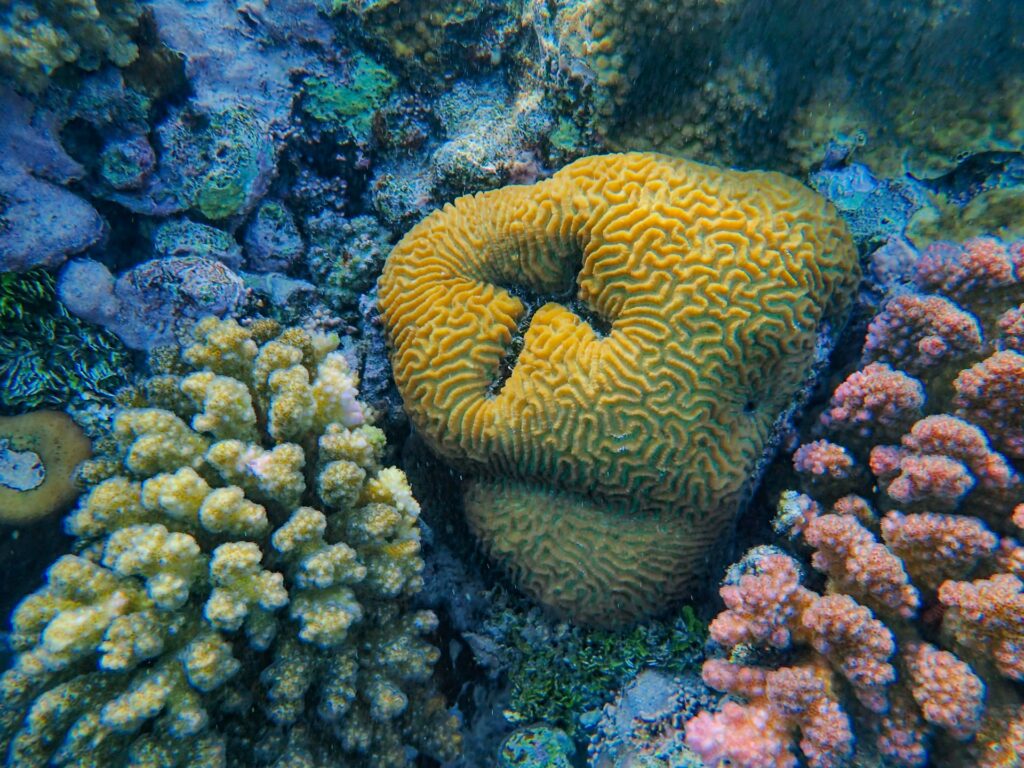
One of the longest-living animals on the planet is the Greenland sponge, which can survive for over 2,000 years. These slow-growing organisms live in the deep, cold waters of the Arctic, where their extremely slow metabolism allows them to endure for millennia.
Unlike animals that rely on rapid reproduction to survive, Greenland sponges thrive by minimizing energy use and sustaining slow, steady growth. Their resilience offers a unique perspective on how extreme environments can influence lifespan.
What we can learn from nature’s longest-living creatures.

The animals that live for centuries offer fascinating insights into longevity, resilience, and ageing. While humans can’t regenerate body parts like axolotls or revert to a juvenile state like the immortal jellyfish, studying these creatures could help us unlock new ways to extend our own lifespans.
Some key lessons from these long-lived animals include:
- A slow metabolism may promote longevity – Species with low energy consumption, like Greenland sharks and giant tortoises, tend to live much longer than those with fast metabolisms.
- Cellular repair mechanisms matter – Bowhead whales and sea urchins show that maintaining DNA stability and resisting disease are crucial for long lifespans.
- Environmental factors influence ageing – Cold-water species like rockfish and quahog clams suggest that stable environments may reduce stress and promote longevity.
- Regeneration and adaptability play a role – Animals like the immortal jellyfish and axolotls challenge the idea that ageing is inevitable, proving that biological flexibility can extend life.
As scientists continue to study these remarkable creatures, the findings may one day help humans not only live longer but also stay healthier well into old age. Nature has already provided us with the secrets to longevity—we just have to unlock them.